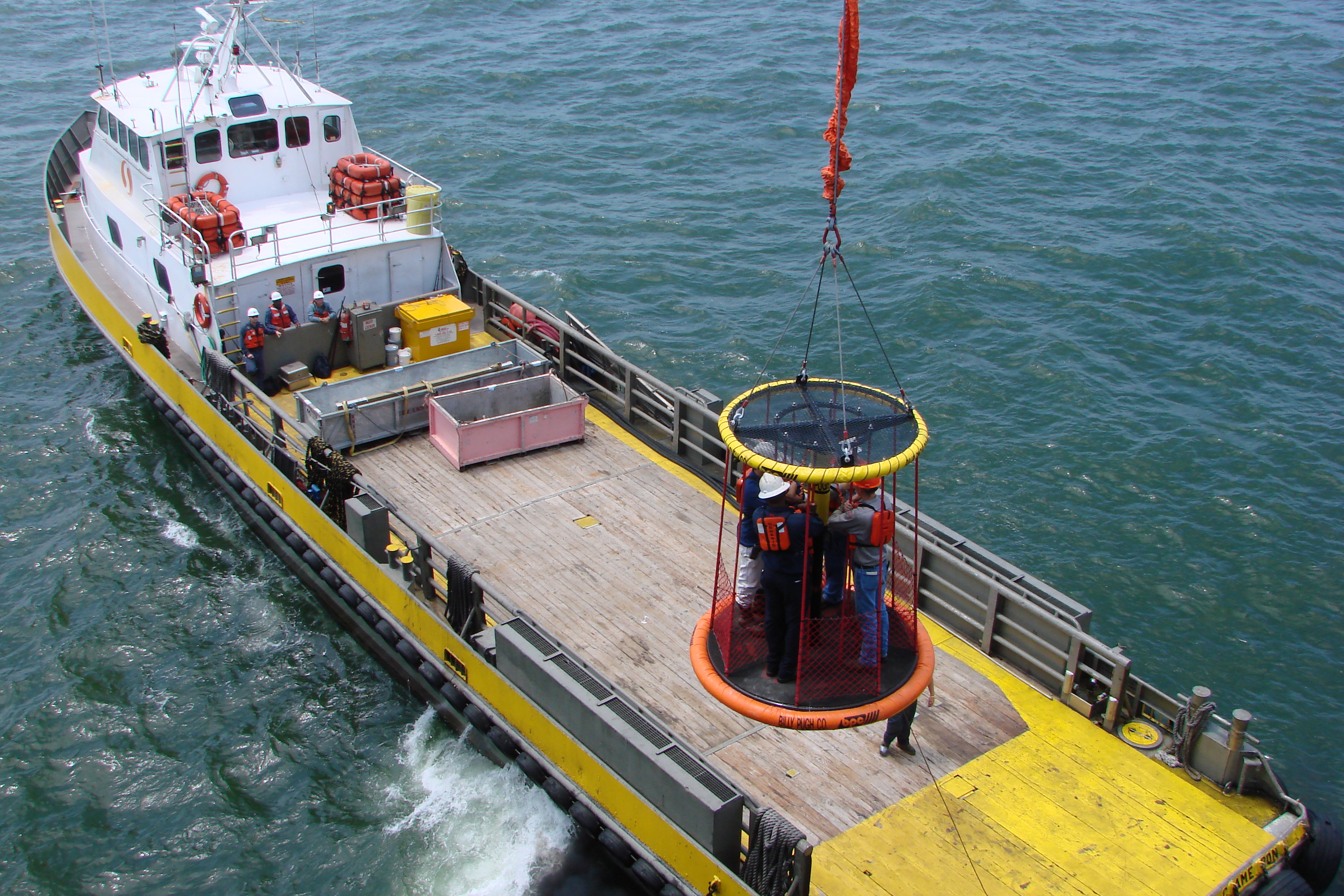Welcome to BPC Support
Learn about our training videos, view online manuals, get the latest downloads, and more. Connect with BPC support professionals to get service, support, and professional advice from Billy Pugh Company.
Request a Quote!
Would you like a product now? Use our simple form to request a quote today.
Frequently Asked Questions
ABS Type Approval is thoroughly explained in ABS website.
Basically, when the crane operator sets the X-904 down on the deck he has to slack off on the line to compensate for the up/down and side to side motion of the vessel. If the crane operator did not have the stabilizer unit and he slacked off too much then the rigging would drop down below the level of the top ring of the X-904 – creating a potential hazard. If the crane operator sets down the X-904 and tries to keep the rigging taught to resolve the slack problem then the X-904 could possibly come off the deck or slide- due to the motion of the boat and the tighter crane line. With the stabilizer, the crane operator can slack off up to the point where the boat can move substantially and the rigging will stay in place in a safe position due to the pure gum rubber inside the stabilizer compensating for the movement of the boat and its effect on the rigging.
In calm seas, this is not nearly so much of a problem but (as you know) things become exponentially more difficult and challenging when we add in rough seas and wind.
An additional safety feature of the stabilizer is that we have a 16-strand synthetic safety load line inside of the herculite bag that protects the rubbers. In the unlikely event that the main load line fails, this safety line will take over and catch the X-904.
Another note: if the rubbers broke inside the stabilizer, then (most likely) the load line was twisted around the stabilizer when the 904 was set down on the deck. This is very common. It’s VERY important to untwist the load line from around the stabilizer before making the next lift as the load line will pinch (and possibly) break the rubber strands inside.
